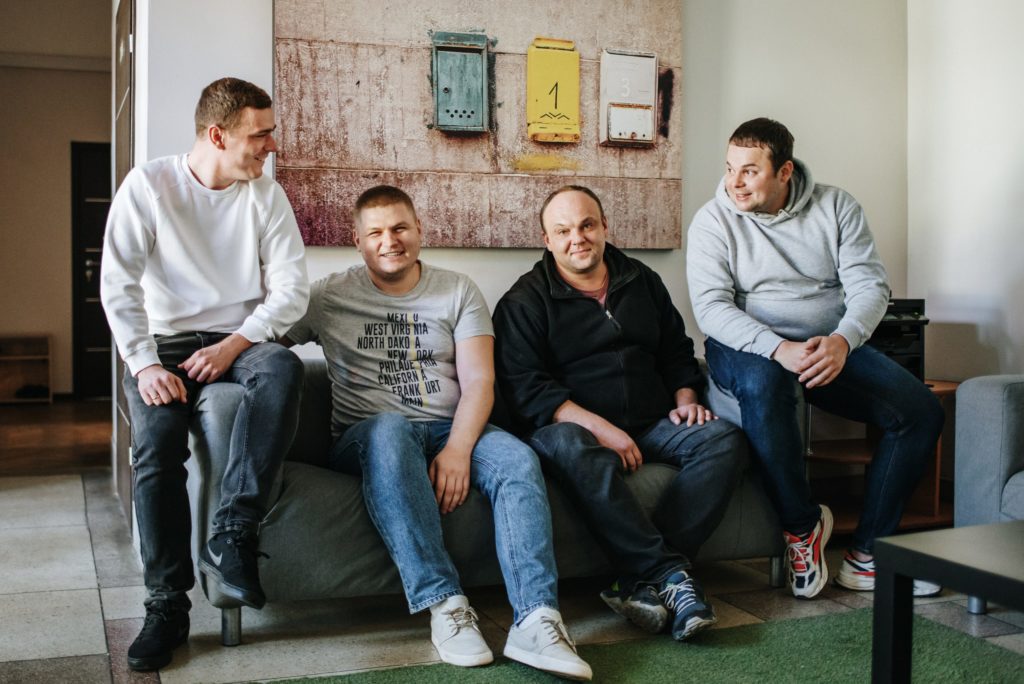Help, I need a Developer!
The Dutch labour market, the role of AI, and how dedicated remote teams can propel your SaaS company forward
TL;DR – Summary for Fast Readers
The developer shortage will remain a pressing issue in 2025 – not even AI can solve it completely.
Recruitment is costly, slow, and often leads to bidding wars for the same talent.
Upskilling is valuable long-term but requires time and internal capacity.
AI tools boost productivity but also increase demand for digital solutions and specialised skills.
Dedicated remote development teams via nearshoring provide instant access to experienced developers with built-in scalability.
A hybrid strategy, combining local product knowledge with remote development capacity and AI, is the most future-proof approach for SaaS companies.

Introduction: Developer shortage a problem that keeps growing
In 2025, the shortage of IT talent remains one of the most significant challenges for Dutch companies. Recent data shows that over 40% of employers are experiencing direct consequences from this shortage. This issue has long affected the IT sector, especially when it comes to developers and testers.
For fast-growing SaaS companies, the impact is particularly severe. You need to continuously build, launch, and improve, but how do you do that if you can’t find the developers to make it happen? This article explores four strategies to address the structural developer shortage: recruitment, training, AI adoption, and nearshoring.
1. Recruitment in the Netherlands: Scarce, costly, and time-consuming
The Netherlands has roughly 350,000 developers. That sounds like plenty, but finding someone with the right skill set for your specific tech stack and team? Not so easy. The competition is fierce, and candidates are in a position to be selective.
Recruiters can help find suitable matches and offer creative strategies to widen the talent pool.
A major pitfall in traditional IT recruitment is the risk of talent wars. Companies try to lure developers from each other, but developers themselves have become more discerning. They value purpose, growth opportunities, and a healthy company culture. Without a strong employer brand, it’s hard to compete, and without solid retention efforts, new hires may quickly leave again. Recruitment, while essential, is a high-stakes investment.
2. Upskilling: Investing in the Future
Training talent is a long-term, strategic move. You can upskill existing staff or bring in junior talent from outside the industry. Internal training allows you to tailor education to your tech stack and company workflows, but it takes time and mentoring capacity.
External programmes remove some of that pressure, though they’re often more expensive and less adaptable. In both cases, it can take months before someone is truly contributing, which is tough when you need capacity now.
Still, investing in training helps reduce reliance on the external labour market over time. Today’s juniors become tomorrow’s seniors.
3. AI: Accelerator, not a replacement
AI is fully embedded in developers’ daily workflows. Tools like GitHub Copilot and ChatGPT assist with code generation, documentation, and debugging, improving developer productivity.
However, AI doesn’t eliminate the need for people. It introduces new demands: prompt engineering, data ethics, and AI security. More importantly, AI accelerates processes, which increases demand for digital products and services.
In short, AI helps teams move faster, but it also drives the need for more development capacity. It’s a powerful tool, not a standalone solution. Companies that use AI wisely still rely on strong, capable teams to deliver results.
4. Nearshore development teams: Scalable and sustainable
More and more SaaS companies are turning to dedicated remote development teams via nearshoring. This approach gives you fast access to a broader talent pool outside the Netherlands, without sacrificing quality or team cohesion. It can also lead to cost savings.
Nearshoring keeps time zone and cultural differences to a minimum by sourcing developers from nearby countries in Europe.
To succeed with nearshoring, it’s important to choose the right working model. Most providers operate within one of three frameworks: fixed price, time and materials, or dedicated team model. The latter is growing in popularity because it offers full integration: developers work exclusively for your company, acting as a true extension of your in-house team. This ensures continuity and knowledge retention.

5. The power of combining strategies: The hybrid approach
The real strength lies in blending strategies. By complementing local product knowledge with AI tools and strategically deploying remote teams, you can build a development structure that:
Responds quickly to change
Operates cost-effectively
Scales up or down as needed
Embraces future technologies
A hybrid approach makes your organisation less dependent on the limited local talent pool and more resilient in a fast-moving market. And by continuing to invest in upskilling, you ensure the long-term development of your team.
Conclusion: A complex challenge demands a versatile approach
The developer shortage is not a temporary issue – it’s a structural challenge that will persist in the coming years. The combination of a tight labour market, rapid technological change, and rising customer expectations makes it increasingly difficult for companies, especially SaaS providers, to secure enough development capacity.
There’s no silver bullet. Recruitment delivers results, but it requires long-term effort and a strong employer profile. Training pays off over time but demands upfront investment. AI boosts efficiency but doesn’t replace people. And nearshoring offers scale and speed, provided it’s well-integrated.
The key is to combine strategies. Retain local knowledge, foster internal growth, embrace smart technologies, and remain open to global collaboration. That’s how organisations can stay agile, innovative, and resilient. Even in uncertain times.
For most SaaS companies, this means not choosing between recruitment, training, or nearshoring – but building the right balance for your growth phase, development needs, and team dynamics.
Thinking about hiring remote developers?
Let's plan a meeting!
"*" indicates required fields
Lennaert Groen
🇳🇱 Co-Owner SharpMinds
“I’d be delighted to tell you more about our approach!”